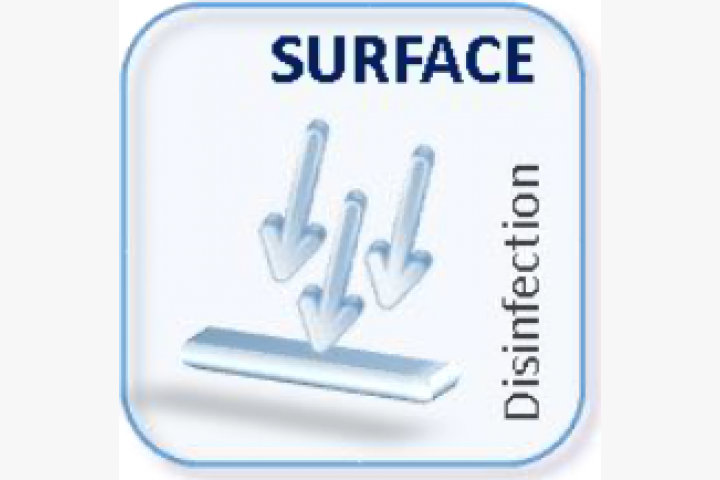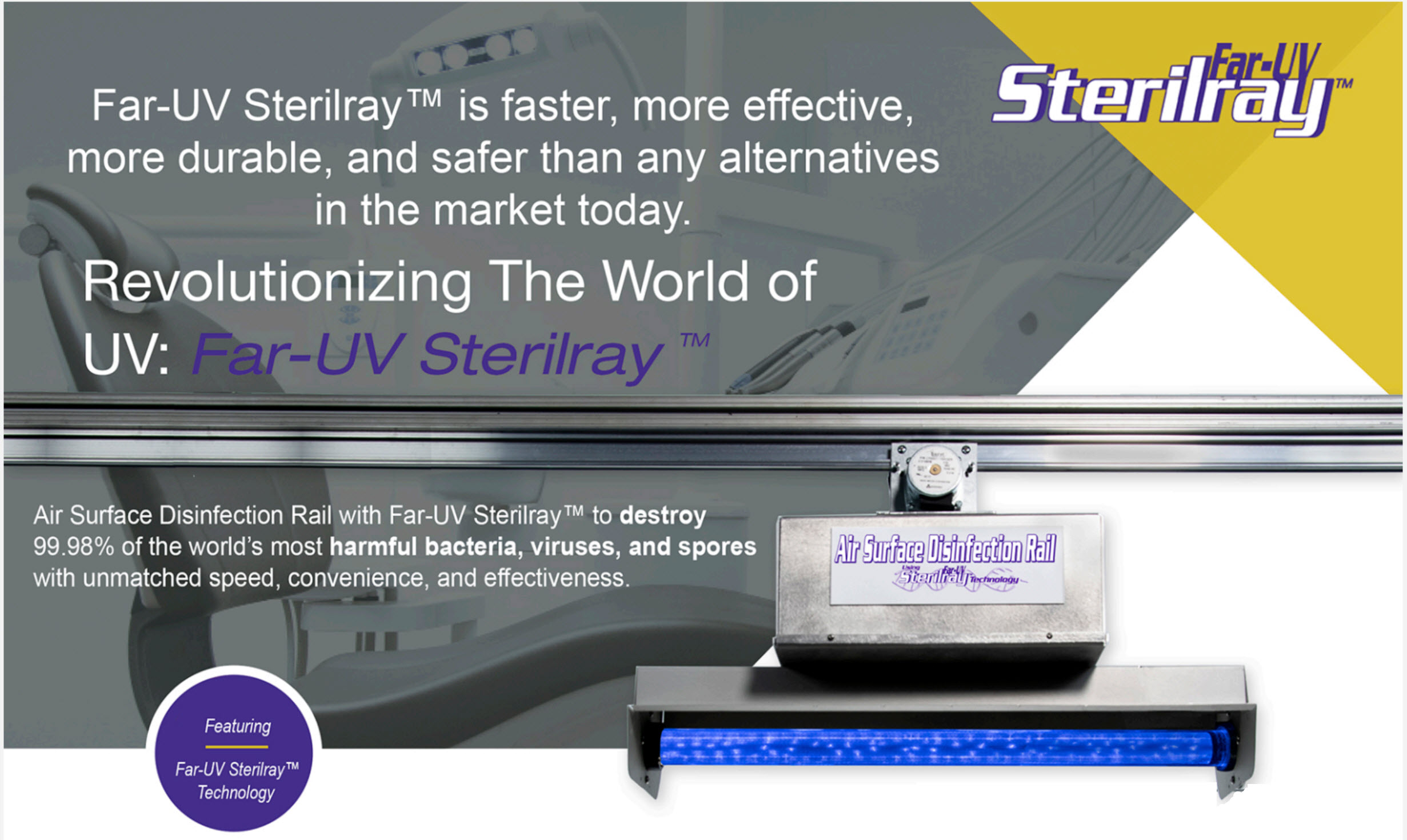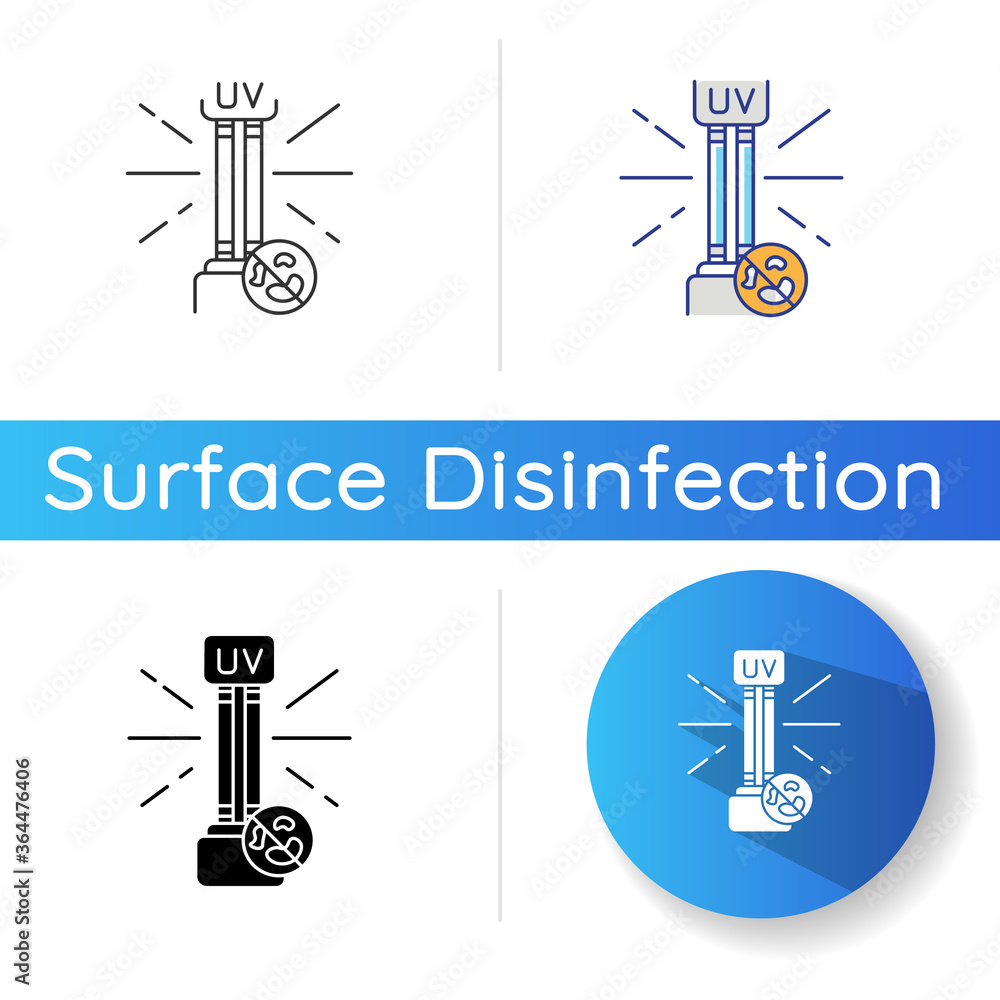Changing Hygiene Requirements: The Role of UV Surface Disinfection in Health and Safety
Wiki Article
Using the Prospective of UV Disinfection: Safeguarding Health and Hygiene
As the world comes to grips with the ongoing pandemic and the continuous hazard of contagious illness, the significance of keeping health and wellness and health has actually never ever been a lot more apparent. In this context, harnessing the possibility of UV disinfection becomes an encouraging service. UV disinfection, a technology extensively utilized in various industries, has confirmed efficient in removing unsafe pathogens. There is much more to discover behind the scientific research of UV sanitation and its applications. From comprehending the systems at play to executing this innovation in our lives, this conversation aims to clarify the possibility of UV disinfection and its function in protecting our wellness and hygiene.Comprehending UV Sanitation
UV disinfection is a very effective and extensively used method for making certain and eliminating unsafe virus health and wellness and health. This technique utilizes ultraviolet (UV) light to inactivate microorganisms by damaging their DNA and preventing them from duplicating. UV disinfection is especially reliable versus germs, viruses, and other bacteria that can cause illness and infections.The principle behind UV disinfection is straightforward yet powerful. When UV light is discharged at a specific wavelength, it penetrates the bacterium's cell wall and disrupts its hereditary product. This process, called photodissociation, results in the development of thymine dimers, which prevent the bacterium from replicating and rendering it harmless. UV disinfection can be applied in numerous settings, consisting of water therapy plants, medical care facilities, food processing sectors, and air purification systems.
Among the benefits of UV sanitation is its capability to effectively and effectively remove a large range of microorganisms without the need for ingredients or chemicals. Unlike various other sanitation methods, such as chlorine or ozone, UV sanitation does not introduce dangerous byproducts or chemical deposits into the setting. In addition, UV disinfection is a non-contact procedure, which implies that it does not need physical contact with the microorganisms, decreasing the risk of cross-contamination.

The Scientific Research Behind UV Sanitation
The efficiency of UV disinfection depends on its ability to disrupt the hereditary material of bacteria, rendering them unable to reproduce and thus eliminating their damaging potential. UV, or ultraviolet, radiation is a type of electromagnetic radiation with wavelengths shorter than noticeable light. It is categorized into 3 types: UV-B, uv-c, and uv-. UV-C radiation, specifically, has the quickest wavelength and the highest energy. Due to the fact that it can pass through the cell wall surfaces of microbes and damage their DNA or RNA., this high-energy UV-C radiation is most effective in sanitation applications.When microorganisms are subjected to UV-C radiation, the energy is absorbed by their genetic product, triggering bonds to break and forming chemical reactions that disrupt their capacity to recreate. This prevents the bacteria from spreading and replicating infection. UV sanitation is particularly reliable against fungi, infections, and microorganisms, including usual microorganisms such as Escherichia coli, Salmonella, and Flu.
The science behind UV disinfection is supported by comprehensive study and studies. It has actually been shown that exposure to an enough dosage of UV-C radiation can accomplish a high level of sanitation, commonly surpassing 99.9% effectiveness in eliminating microbes. However, it is essential to keep in mind that the effectiveness of UV sanitation relies on different aspects, consisting of the intensity of UV-C radiation, direct exposure time, range from the UV source, and the sensitivity of the microorganism to UV radiation.
Applications of UV Disinfection
Provided the comprehensive research and effectiveness of UV disinfection in disrupting the hereditary product of microorganisms, it is necessary to check out the numerous useful applications of this innovation. UV disinfection has proven to be a beneficial tool in a vast variety of sectors where keeping a tidy and secure setting imp source is vital.One significant application of UV disinfection remains in healthcare settings. UV light can be utilized to decontaminate surface areas, tools, and even the air in healthcare facilities and clinical centers. This helps to lower the danger of healthcare-associated infections and ensures a much safer environment for individuals and health care workers.
One more crucial application is in the food and beverage market. UV sanitation is used to treat water and eliminate harmful virus, such as E. coli and Salmonella, from the manufacturing procedure. uv surface disinfection. This makes sure the safety and high quality of the items we eat
UV disinfection is also extensively used in water therapy plants and wastewater treatment facilities. It is a reliable method for ruining harmful bacteria, infections, and parasites that can be existing in water resources. This helps to provide clean and safe alcohol consumption water to communities and shield the environment from pollution.
Additionally, UV disinfection is used in the pharmaceutical market to decontaminate equipment and keep the honesty of items. It is also made use of in labs and research study centers to avoid contamination and make certain exact results.
Advantages of UV Sanitation Technology
One significant benefit of using UV sanitation modern technology is its capability to effectively get rid of bacteria without the usage of rough chemicals. This is especially helpful in various setups, such as health care facilities, water therapy plants, and food handling markets, where the existence of harmful microorganisms poses a considerable threat to public health and wellness and security.
Unlike standard disinfection methods that depend on chemicals like chlorine or ozone, UV sanitation innovation utilizes ultraviolet light to target and damage the DNA of bacteria, effectively counteracting their ability to duplicate and trigger infections. This process not just eliminates the demand for potentially harmful chemicals yet also lowers the danger of chemical residue or results remaining in the cured environment.

Furthermore, UV disinfection innovation is environmentally pleasant. As it does not count on making use of chemicals, it gets rid of the requirement for their transport, disposal, and manufacturing, reducing the overall carbon footprint connected with disinfection processes. Furthermore, UV sanitation systems have a longer life-span contrasted to chemical-based approaches, causing much less constant substitute and more lowering waste.
Implementing UV Sanitation in Every Day Life
To successfully carry out UV sanitation in life, people and organizations can incorporate mobile UV disinfecting tools right into their health regimens and cleaning up methods. These gadgets are developed to discharge ultraviolet light, which has actually been confirmed to eliminate or suspend a variety wikipedia reference of microbes, consisting of viruses, bacteria, and fungi. By utilizing portable UV sanitizing tools, people can decontaminate commonly touched surfaces and objects, such as mobile phone, doorknobs, laptop computers, and secrets, decreasing the risk of spreading bacteria and infections.In enhancement to including portable UV sterilizing devices, it is necessary to adhere to correct standards and recommendations hop over to here for effective UV sanitation. This consists of making sure that the gadget is used appropriately and for the suggested period to accomplish optimal sanitation results. It is also crucial to prioritize precaution, such as wearing safety eyewear and preventing direct exposure of the UV light to the skin.

Additionally, organizations can apply UV sanitation modern technology in numerous setups to improve health methods. For instance, medical facilities and healthcare facilities can utilize UV sanitation robots to sanitize patient spaces, running cinemas, and various other high-touch locations. Food handling markets can integrate UV sanitation systems into their assembly line to improve food safety and avoid contamination.
Verdict
In verdict, UV sanitation innovation holds great prospective in guarding health and wellness and health. With its countless advantages, UV sanitation is a useful tool for keeping a healthy and clean atmosphere.Unlike various other disinfection methods, such as chlorine or ozone, UV sanitation does not introduce harmful by-products or chemical deposits right into the setting. It is important to keep in mind that the effectiveness of UV sanitation depends on various elements, including the strength of UV-C radiation, exposure time, range from the UV source, and the sensitivity of the bacterium to UV radiation.
Another advantage of UV disinfection technology is its ability to supply fast and constant disinfection. Unlike handbook cleaning techniques, which can be time-consuming and require significant labor, UV disinfection systems can be automated and operate continuously, ensuring consistent disinfection without human intervention.To effectively implement UV disinfection in daily life, companies and people can integrate portable UV sterilizing devices into their hygiene regimens and cleansing methods.
Report this wiki page